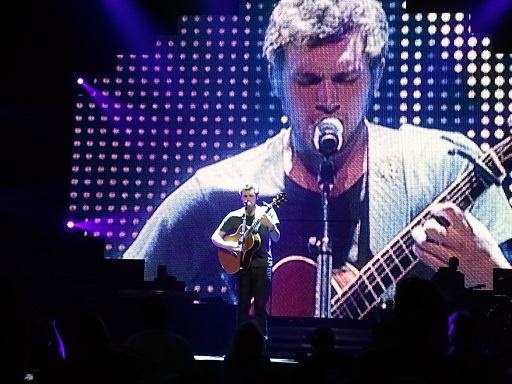If you haven’t read House of the Scorpion, stop here. It is an excellent book and I don’t want to spoil any of its details. If you have read it, meet me after the scorpion…

Yes, House of the Scorpion has a sequel. Many students will be excited. I even had one class a few years ago get so mad that there wasn’t a sequel that they wanted me to write to Nancy Farmer and make her write a sequel.
It seems that more people wanted a sequel because here we are.
A caution, though: I started reading with extremely high expectations and it took me a bit to realize that the sequel is different. Where the first book is about a young boy trying to survive in a crazy cartel world, the sequel is about Matt trying to run the cartel. The book spends a significant part of the narrative taking the reader on a tour of the new Lord of Opium’s palace. His ideals come into conflict with some of the staff from the previous leader, but most respect him – at least on a surface level. This was the part of the book where my attention waned for a bit. While it’s interesting learning about the inner workings of a household, it wasn’t what I was reading the book for. I wanted suspense. In the first book, a clone could be killed without any real consequences because they were property. How harrowing! I wanted that level of suspense and/or intrigue.
The rival drug lord was scary sounding. I mean, his name is Glass Eye. I wanted more threats from him, more brooding foreshadowing from him. Something. Anything.
I had to accept that the big conflict for The Lord of Opium is person vs. self. Matt is a clone of a violent man. One question haunts Matt’s existence: Will his genetics destine him to a life of violence or will the world around him forge him into a violent man? (Okay, so maybe that’s technically two questions.) Once I realized that it was Matt’s own fears that we should worry about, it made for a more interesting read.
The scientific detail matches the first book and challenges the ethics of why we do what we do. I loved that about House of the Scorpion and appreciated it here. I didn’t quite anticipate just what tech level the society was at, though. Imagine my surprise when a wormhole opened up in the hacienda. It was jarring (my reading, but I’m sure the portal was, too), but once I shifted my perspective, I was good.
Nancy Farmer works in many details from Arizona. As a fellow Arizonan, I appreciated references to Kitt Peak, Ajo, and the Chiricahua Mountains. Those details were spot on.
So, what did I think of the book? I enjoyed it, but there were noticeable hurdles for me to get over. Some were in the pacing of the novel and the focus of the scenes. Some, though, were a result of perhaps unrealistic expectations on my part for a follow-up to such a staple of YA fiction that House of the Scorpion is. I’ll definitely pick up a copy when it releases for the Fall semester, but I’ll hold off on getting multiple copies until I hear from the students about what they think of the book. My copy was a digital ARC on my phone. Yes, publishers, this may save you printing costs, but it would help you out in the long run if I could hand out a paper copy to a student to give me their opinion.






